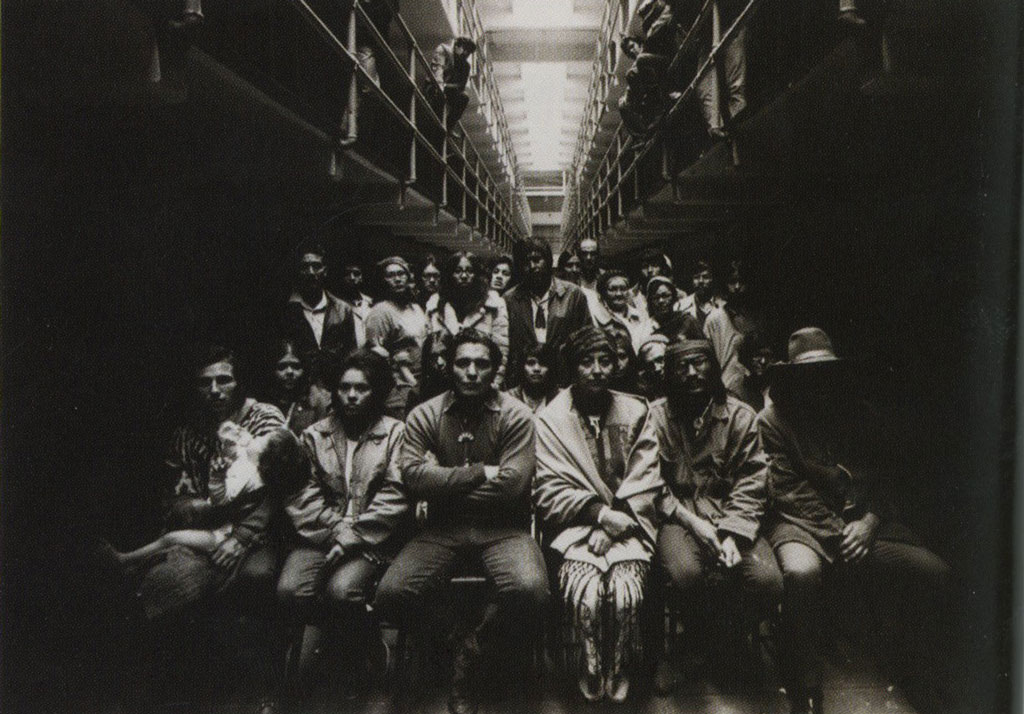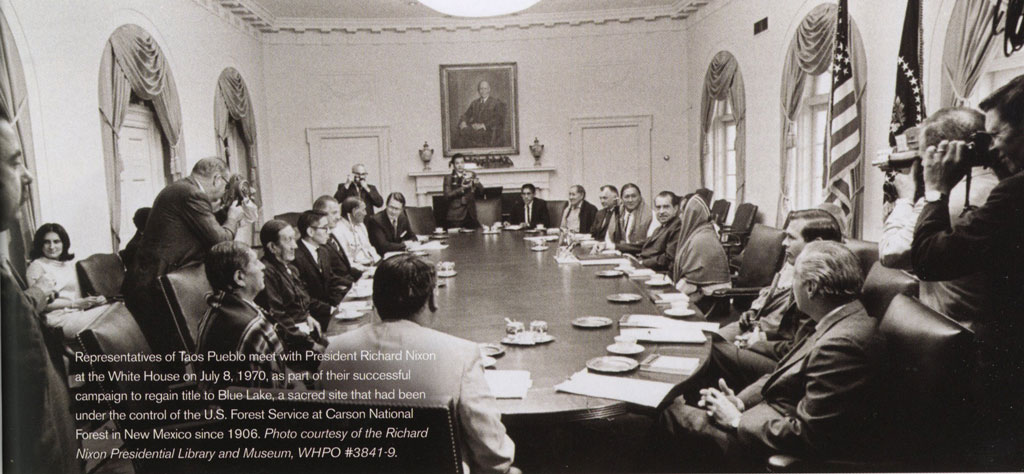For more than a century, Native Americans have been rebuilding their Indigenous nations through a variety of activist networks, but most Americans have failed to take notice.
If modern Native politics and activism evoke any image at all in the American popular imagination, it is usually one of two moments: the occupation of Alcatraz Island in 1969, or the American Indian Movement’s (AIM) armed standoff at Wounded Knee, South Dakota, in 1973. The story of modern Indigenous activism, however, encompasses far more than the Red Power Movement of the 1960s and 70s and its path-breaking legislative reform. The achievements of Red Power era activism built upon earlier efforts, and the defense of Indigenous rights remains a continuous struggle today.
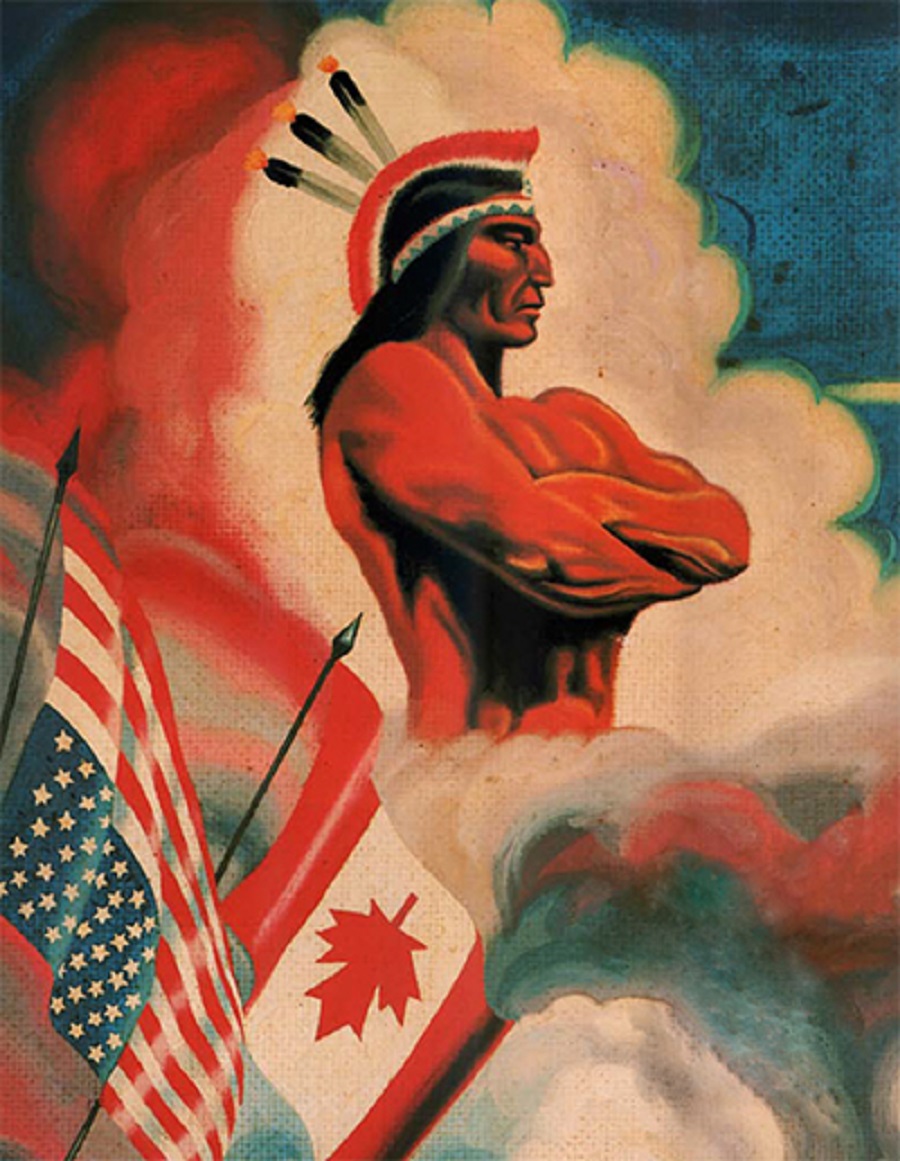
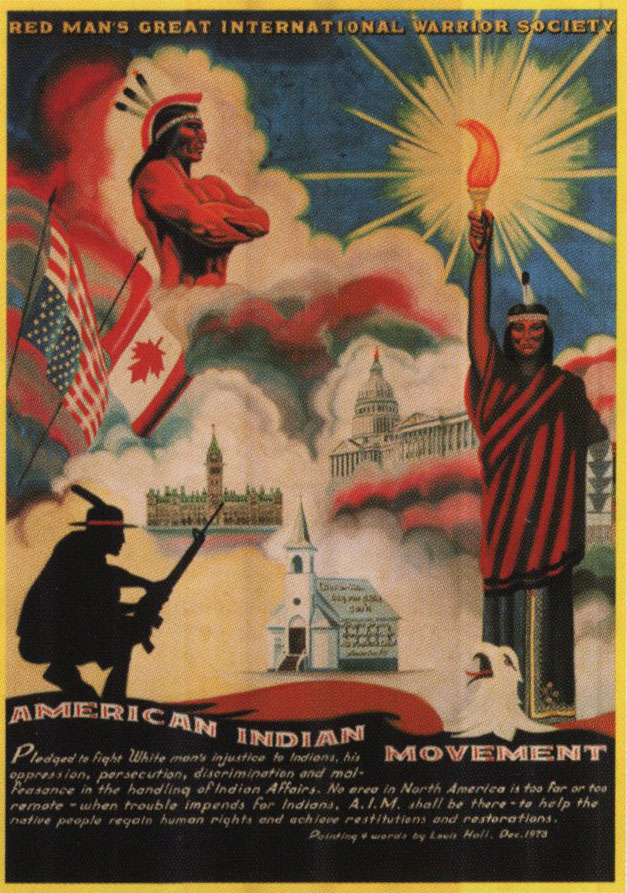
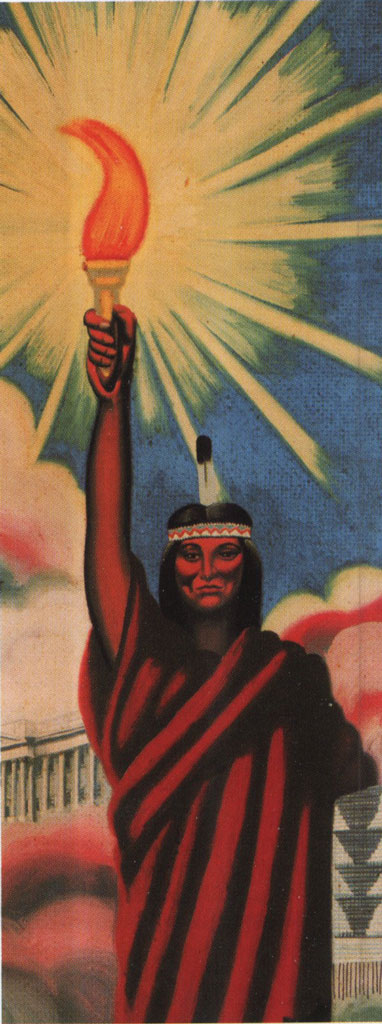
Native Americans have long banded together in collective action against colonialism and dispossession, and recent activism has benefited from a handful of 20th century organizations that set new precedents and opened doors for change. During the 19th century, groups like the Indian Rights Association were composed of elite white reformers with a missionary impulse, but in 1911, a group of Native professionals—many of whom were attorneys, physicians, educators, and clergy—founded the Society of American Indians (SAI), the first national pan-Indian organization. Although the SAI suffered from in-fighting and insufficient financial resources, and eventually disbanded in 1923, it established a model for addressing local problems through national associations. In 1944, a broad coalition of tribal representatives followed in the footsteps of the SAI and founded the National Congress of American Indians (NCAI). Now the oldest Indigenous political organization in the United States, the NCAI worked to secure a greater Native voice in setting the agenda of U.S. Indian policy.
The NCAI boasted many successes, including its lobbying campaign to reverse the federal government’s “termination” policy of ending nation-to-nation relations with tribes.
By the 1960s, a new generation of radicals had emerged, rejecting the NCAI and its collaboration with federal officials. The National Indian Youth Council (NIYC), formed in Gallup, New Mexico, in 1961, ushered in the new wave of young Native militancy and embraced a strategy of direct action, playing an especially important role in the preservation of tribal fishing rights in Washington State.
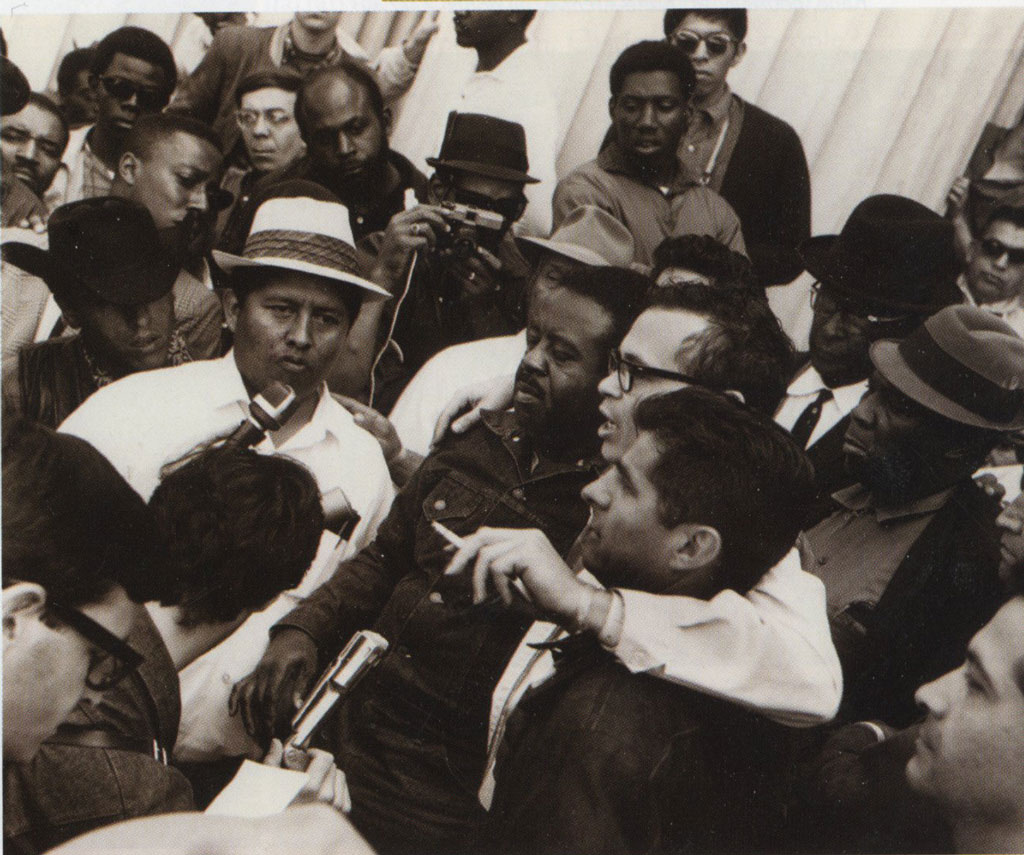
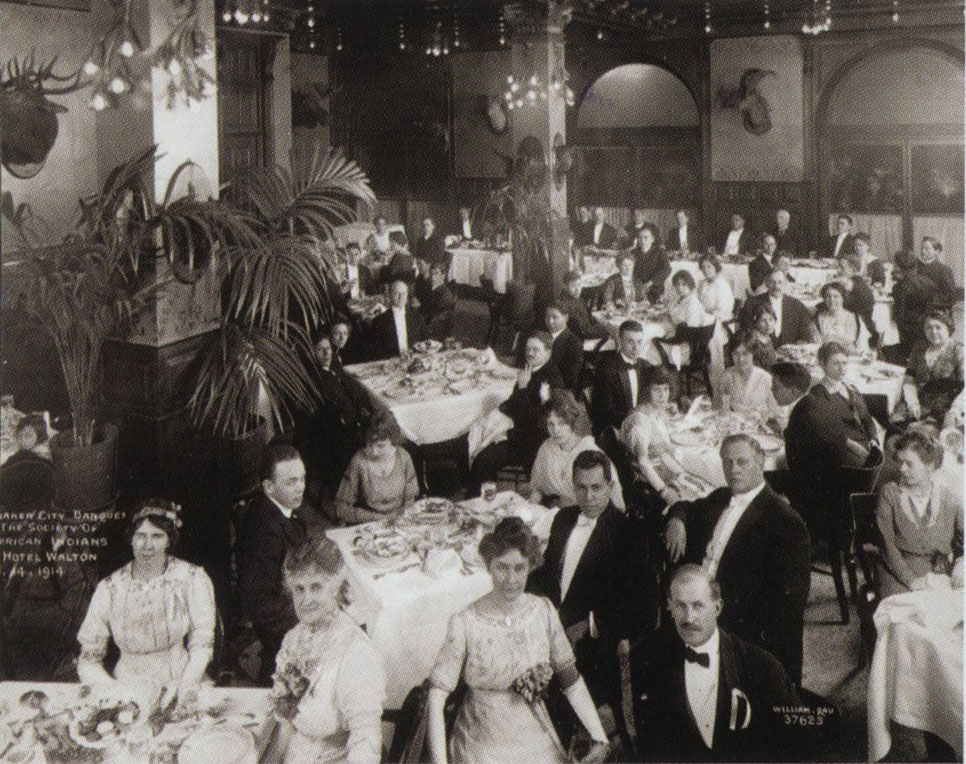
The American Indian Movement (AIM), established in 1968 by a group of urban Indians in Minneapolis, also differentiated itself from the NCAI’s “Indians Don’t Demonstrate” stance. Because of the group’s charismatic leaders and their tactic of seizing property, AIM gained significant media attention and became the best-known Native activist organization during the period of civil disobedience known as the Red Power Movement. Since the dramatic protests of the 1960s and 70s, Native leaders and activists have continued the grassroots work of rebuilding Indigenous nations through the assertion of rights to self-government, cultural revitalization, the protection of natural resources, tribal control of education, and the development of reservation economies. American Indian activism has deep roots, and contemporary Native leaders continue to draw on them today.
Moreover, these Indigenous movements in the United States have always taken place in the context of broader social and political currents, whether that be Progressive Era debates about racial uplift, the Civil Rights Movement, the New Left counterculture, or the decolonization and human rights rhetoric that swept the globe after World War II and helped give rise to a global Indigenous rights movement. Although Native Americans maintain a vibrant tradition of activism, it is important to bear in mind that Indigenous political life is about more than collective resistance. For generations, historians portrayed American Indians as political outsiders whose only role to play in narratives of U.S. history was that of eternal resisters of American imperialism. Casting Native people in such a narrow role, however, fed the self-centeredness of U.S. colonialism. American Indian political history is not simply a story of resistance from the margins of American society, it is also about the dynamic political processes at the center of Native peoples’ own worlds. Like anywhere else, Indian Country is shaped by a multitude of internal and external forces, and Native American history cannot simply be reduced to a series of shifts in federal policy.
